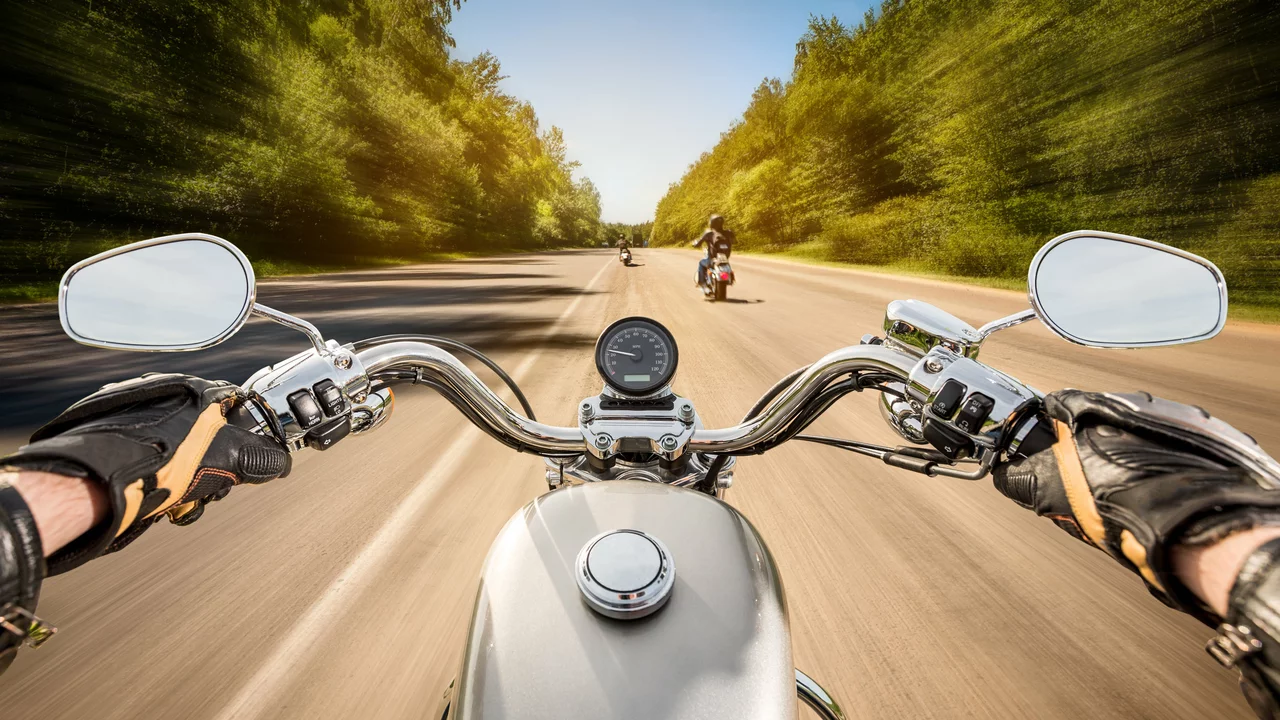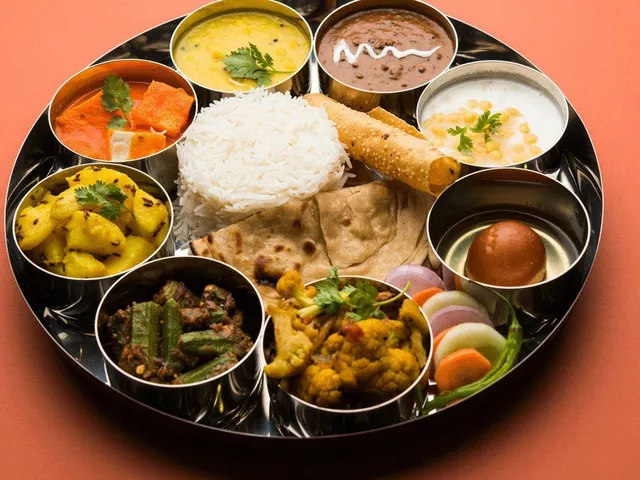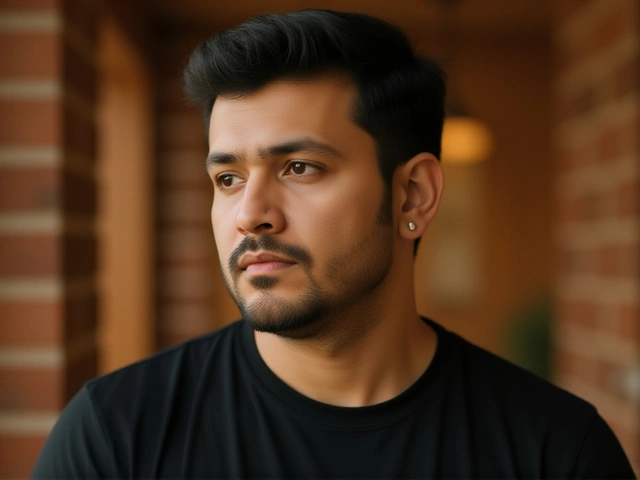Road Safety & Transportation: Practical Tips for Drivers and Riders
Roads in Kashmir and across India can feel unpredictable. Potholes, narrow lanes, mixed traffic and sudden weather changes all raise the risk for everyone — drivers, riders, pedestrians. If you travel daily, you want clear, useful actions that cut your chance of being in an accident. Here are the things I use and recommend.
Bike vs Car: what really changes your risk
Riding a bike exposes your body directly; a car gives a metal shell but can give a false sense of safety. On a bike you need constant balance, quick reactions and full protective gear. On a car you may avoid small collisions but can still face high-speed crashes or rollovers. Which is more dangerous depends on three things: speed, protection, and attention. High speed multiplies harm for both; gear and a helmet reduce serious injuries for bikers; seatbelts and airbags save lives in cars. The main takeaway: no vehicle is safe without careful driving, good maintenance, and the right protective equipment.
Quick safety habits that matter every day
Wear the right gear. For bikers that means a full-face or well-fitting helmet, gloves, and jacket. For car drivers, always buckle up — every seat. Check your vehicle before each trip: tyres, lights, brakes, and mirrors. A flat or underinflated tyre and faulty brakes are common causes of avoidable crashes.
Keep your speed in check. Speed reduces reaction time and increases crash severity. On wet or foggy days, slow down further and increase following distance. Use indicators early and make your moves predictable to others.
Avoid distractions. Phones, loud music, eating—these steal attention. If you must use your phone, pull over safely. Teach passengers not to distract the driver, especially children.
Plan for visibility. Use headlights in low light, wear reflective clothing on two-wheelers, and keep your mirrors adjusted. If a road is poorly lit, assume hazards might appear suddenly — animals, pedestrians, or stalled vehicles.
Respect traffic rules and local patterns. In many places lane discipline may not be perfect; watch for unexpected moves and be ready to yield. Follow traffic signals, but also scan intersections for people or vehicles ignoring signals.
Think about maintenance and training. A basic first-aid kit, a tyre repair kit and knowledge of how to change a tyre or jump-start a battery can turn a stressful breakdown into a manageable situation. If you ride a bike, take a short advanced-riding or defensive-driving course to sharpen your reactions.
Use public transport when it makes sense. Buses and shared transport can reduce vehicle density and stress. Support infrastructure improvements by reporting dangerous spots to local authorities — a missing sign or a broken barrier can be fixed if flagged.
Road safety is about small, steady habits. Gear, attention, maintenance and polite driving protect you and others on the road. Make those choices every time you set out, and you’ll lower your risk on busy Indian and Kashmiri roads.

Which is more dangerous, riding a bike or a car in Indian roads?
Navigating through the chaos of Indian roads, one often wonders whether it's riskier to ride a bike or drive a car. From my perspective, bike riding carries more risk due to less physical protection, exposure to environmental conditions, and the need for balance. On the other hand, cars are safer but not without their dangers, including high-speed accidents. However, regardless of your vehicle of choice, the key to safety lies in responsible driving and adherence to traffic rules. In conclusion, while both have their risks, the vulnerability of bike riders seems to tip the scale towards them being the more dangerous option.
Categories
- Social Issues in India (3)
- Sports (3)
- Business & Markets (2)
- Weather & Climate (2)
- History and Politics (1)
- Quick and Easy Indian Breakfast Recipes (1)
- Food and Culture (1)
- Road Safety & Transportation (1)
- Cultural Experiences/Travel & Living Abroad (1)
- Technology Reviews (1)
Popular Articles

Why are North Indian foods so spicy?
Aug, 3 2023

